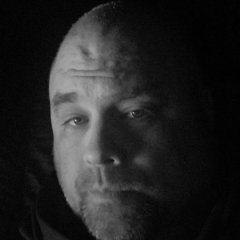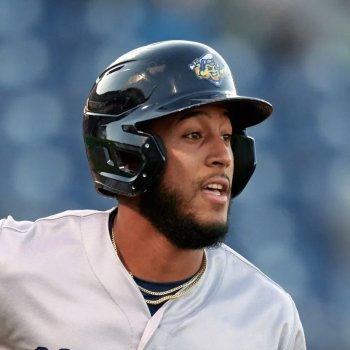
Twins Video
Here are the current single-season strikeout leaders in MLB history:
- Mark Reynolds - 223 - 2009 (44 HR)
- Adam Dunn - 222 - 2012 (41 HR)
- Chris Carter - 212 - 2013 (29 HR)
- Mark Reynolds - 211 - 2010 (37 HR)
- Chris Davis - 208 - 2015 (47 HR)
--------------------------------------------------------------------------------------
Now, that’s not to suggest that it will happen, that Sano will actually break that record. In fact, I would be more than a little surprised if he did. Despite striking out plenty in the minor leagues, it was never close to that 35.5% rate. (Even his two strikeouts on Opening Night don’t worry me much.)
Here are the strikeout rates that Miguel Sano posted in the minor leagues:
---------------------------------------------------------------------------------------
We all know that strikeouts don’t matter in the league as much as it did even 20 years ago, especially when you are as productive as Miguel Sano was as a rookie.
Striking out and not even caring is a concept that I will never understand, and I do think it’s generational. When I was growing up, we were taught a few things.
First, “protect the plate.” Don’t give the umpire the opportunity to ring you up. Swing the bat if it’s close.
Second, “choke up with two strikes and put the ball in play.” Anything can happen when you put the ball in play. You could get a hit. You could force the defense to make a play, or an error. In fairness, you could also hit into a double play.
In today’s game, it appears the general philosophy is to try to crush the ball no matter the count, 3-1 or 1-2. If you strike out, oh well. It’s a trade-off that hitters make, and hitting coaches and teams seem to now accept. Swing hard. You might strike out, or you may rip a double, or a home run. But striking out with a runner on third and less than two outs is commonplace in the game today.
Frankly, it’s a trend in the game, and I don’t know if we can really say whether it has helped or hurt baseball. I don’t know if that “strategy” is positive or negative. Consider 2015. The Kansas City Royals struck out 973 times, 134 times less than Atlanta’s 1,107 which was the second fewest. The Royals won the World Series. Atlanta became one of the worst teams in baseball. On the other end of the spectrum, the Chicago Cubs struck out 1,518 times, yet they won nearly 100 games and got to the NLCS. They had had 126 more strikeouts last season than the #2 strikeout team, the Houston Astros who surprised many and reached the playoffs.
Here’s a quick look at a couple of the trends over the last 25 years (note, I normalized each of the three data categories in an attempt to keep the data within a range.):

There is nothing definitive in the above chart. It doesn’t factor in variables such as the steroid era, the introduction of new baseball fields, or changes in the baseball. It doesn’t credit today’s pitchers for being better, whether that is true or not.
What the chart does show is that in the last 25 years, strikeouts have gone up (from about 15% to a little over 20%). Home runs are back to where they were in the early ‘90s, though there was a spike in 2015. Runs scored peaked in 2000 with 5.18 runs/game and in 2015 it was back down to just 4.25. Trend lines certainly indicate that the increase in strikeouts is not helping offensive production, though I won’t pretend to claim that this study is 100% complete or fully answers the question.
--------------------------------------------------------------------------
Back to the Twins and Sano, imagine a scenario where he is able to reduce his K-rate from 35.5% down to 25.5% A 10% reduction in strikeout rate would mean about 60 fewer strikeouts per season. Just imagine what damage Sano could do with 60 more plate appearances. How many more walks, doubles and home runs could he produce?
I don’t expect him to make up that 10% in one season, but any reduction in strikeout rate should be viewed as a positive.
Bobby Darwin held the Twins single-season strikeout record (145) for 43 years. In 2015, Brian Dozier struck out 148 times to take the record. It is safe to say that Dozier’s record will not last 43 years. In fact, it is highly unlikely to last beyond one year. Of course, it’s also possible that as many as four players could top it, Sano, Byung Ho Park, Byron Buxton and Dozier himself.
As fans, it’s likely we won’t really care too much about it if the Twins are competing for a playoff spot again.
MORE FROM TWINS DAILY
— Latest Twins coverage from our writers
— Recent Twins discussion in our forums
— Follow Twins Daily via Twitter, Facebook or email
— Become a Twins Daily Caretaker






Recommended Comments
Join the conversation
You can post now and register later. If you have an account, sign in now to post with your account.
Note: Your post will require moderator approval before it will be visible.